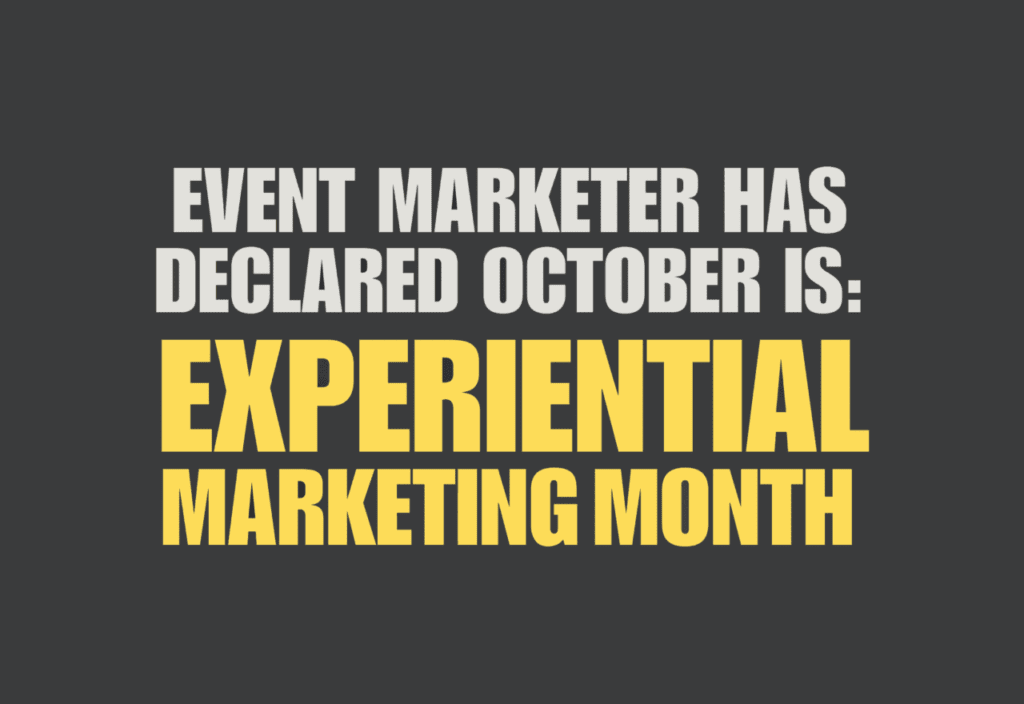IT TOOK ABOUT A MONTH after the Sept. 11 hijackings for online travel bookings to return to their former levels. By Oct. 8, they were back up to speed, according to Nielsen/NetRatings, an Internet audience measurement service. But the damage had been done.
Travelocity, saying airline bookings were down 70%, announced a layoff of 10% of its work force as its stock price fell 49%. Priceline.com managed to prop up its stock through a purchase of 2 million shares by the company’s largest shareholder.
Expedia.com is different.
As competitors’ bad news leaked out, the Seattle-based Web travel company’s stock, recovering from a slump, leveled out at $30.74 a share by Oct. 8. Travelocity was $17.45 a share, and Priceline was $3.50. Plus, Expedia reported that bookings — after dropping 40% in the days following Sept. 11 — were rebounding.
Tony Gonchar, director of CRM, expects the steady pace to continue. “I don’t think anyone is doing any unscheduled travel at this time,” Gonchar admits. “But there are some tremendous opportunities out there. People are still traveling.”
Perhaps Gonchar should be worried. Only about 30% of Expedia’s customers are businesspeople. The rest are leisure customers — who can choose to stay home.
But Expedia was growing when the national disaster occurred. Gross bookings had increased 78% year over year, according to the last figures released. The firm was expecting third-quarter revenue of approximately $90 million. A company statement released a week after the attacks also said Expedia had “a strong balance sheet” with $225 million in cash.”
Within a couple of weeks of the disaster, the site announced a deal as Amazon.com’s travel provider, and a discount for customers who plan their entire trip on Expedia. The size of the marketing budget was subject to change depending on “the resiliency of the market based on events,” Gonchar says.
Meanwhile, he is optimistic because he believes that Expedia’s emphasis on information and personalization will restore customers’ confidence in travel and maintain their trust in the brand.
People may limit their travel as they did during the Gulf War, he says. “But Expedia is a trusted travel advocate. When we’re doing our job right, it’s going to be reflected in sales.”
On the 11th, as phone services faltered, Expedia halted its booking engine and dashed off an e-mail alert to customers scheduled to travel over the next seven days. The message told them about suspended air travel and how to reschedule flights. That e-mail had a 400% to 500% higher clickthrough rate than any the company had ever seen.
“There were a lot of companies’ e-mails that went out that reflected a lot of hand-wringing,” Gonchar recalls. “Ours went out saying it’s terrible what’s happening and here’s information to help you to make as informed a decision as possible.”
Next, an alert was transmitted to all customers. Then, on the 20th, an alert went out that featured breaking news and promoted travel in America. All e-mails contain links to a Travel Disruption Resource Center on the Web offering details about schedule changes, airport reopenings and security precautions. It is updated as news unfolds.
By the week after the attacks, the site was again sending out its routine weekly e-mails promoting special offers. These messages, which go to customers who signed up for them, are segmented according to past behavior and known customer information. Data includes facts such as when customers bought their tickets, when they traveled, place they left from, destination and carrier used.
Geography is a huge factor.
“If you’re in Seattle, we’ll probably try to send you, not to the Caribbean, but to San Diego,” Gonchar says. “Also, we target e-mails based on the propensity of where people in your area are likely to go.” For instance, people who live on the West Coast are less likely to travel to Europe than people on the East Coast.
Demographic data like age and income is typically left out of the mix. “I think a lot of companies make the mistake of collecting all the information they can without a clear idea of how they are going to use it,” he says. “Behavioral data is much more helpful.”
Response rates to e-mail promotions (for both clickthroughs and sales), though above the industry average of about 2%, remain in the one-digit range. “I can achieve the 10% to 15% response rates I hear about if I send e-mail promotions to the people in my family,” Gonchar quips. “I feel our e-mails are incredibly relevant compared to our competitors.”
The CRM department reacts to response rates immediately. If a particular offer doesn’t cause an uptick in response, the deal can be reconfigured to be more appealing.
How personalized is the e-mail? The fare tracker newsletter delivers fares connected precisely to the destination data customers sign up to receive, since the fares change each week. But the company does predictive modeling, too. A customer who flies from New York to Chicago during the week and who travels alone could be considered to be a business traveler. An e-mail suggesting exhibit openings might not be appropriate, but one directing them to the best Chicago restaurants could be.
The nature of travel throws a monkey wrench in such modeling: It’s very whim-oriented, Gonchar points out. Customers’ lifetime value can’t be determined, for example, the way it can in financial services — first credit card as a teenager, first mortgage after marriage. Expedia’s customers “may go to San Diego today, but want to go to Bali tomorrow.”
Customers can build their own profile and design itineraries online, though they can also make arrangements through a call center.
Expedia relies on TV, print ads and a custom-publishing product it puts out with Ziff-Davis to reach new customers. New buyers increase 102% year over year, according to the latest figures. No e-mail prospecting is done because the firm is concerned about the privacy and quality of the e-mail lists. Expedia doesn’t share customer data, either.
The best may be yet to come. This fall, USA Networks is expected to buy 75% of Expedia from Microsoft. This would make Expedia part of a travel conglomerate, which, with $4 billion in annual gross travel bookings, would lead the online sector. Gonchar can hardly wait.
 Network
Network

